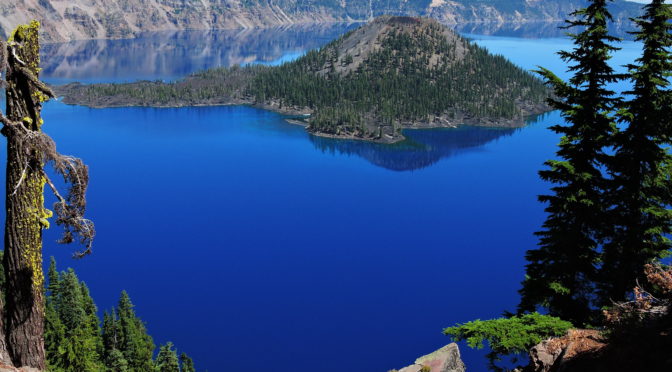CASA GRANDE RUIN.
This reservation is located near Florence. Ariz.. about 1 miles northeast of Casa Grande station, on the Southern Pacific Railroad, and contains about 480 acres. It was set aside by Executive order dated June 2. 1892. under the act approved March 2. 1889 (25 Stat. L., 961).
Casa Grande is an Indian ruin of undetermined antiquity, which was discovered in 1694 by Padre Kino. a Jesuit missionary. This great house is said to be the most important ruin of its type in the Southwest. and as such it has strong claims for archaeological study, repair, and permanent preservation. It is built of puddled clay, molded into walls and dried in the sun. and is of perishable character. The main building was originally five or six stories high, and covered a space 59 feet by 43 feet 3 inches. The walls have been gradually disintegrating. owing to the action of the elements. A corrugated iron roof has been erected over this building to protect it. so far as practicable, from further decay.
Surrounding Casa Grande proper is a rectangular walled inclosure or ” compound.” having an area of about 2 acres. In this inclosure, which has been called ‘ Compound A.” there have recently been excavated a number of buildings or clusters of rooms. and others are known to exist which have not yet been excavated. Two other compounds have been discovered and designated. respectively, ” Compound B ” and ‘ Compound C: ” these have not yet been excavated, but are still in the form of mounds. The three compounds together constitute what is known as the ” Casa Grande ” group of ruins. The custodian. Mr. Frank Pinkley, who resides on the reservation, reports that interest in the ruin has greatly increased as a result of the recent excavations.
An appropriation of $3.000 was made by the sundry civil appropriation act of June 30, 1906. for the improvement of the reservation and for excavation of the ruins, to be expended under the supervision of the Secretary of the Smithsonian Institution.
Dr. J. Walter Fewkes, of the Bureau of American Ethnology, was designated to make the excavations and repairs at the ruin; and the results of his work have been published by the Smithsonian Institution in a pamphlet entitled ” Excavations at Casa Grande, Arizona, in 1906-7 ” (Smithsonian Miscellaneous Collections, vol. 50, pt. 3). In summarizing the results of his work Doctor Fewkes says:-
Casa Grande and other ruins in the Gila Valley resemble each other in an architectural feature that is exceptional in our prehistoric ruins. This character is a rectangular area surrounded by a wall, within which are rooms, courts, and plazas. The word ” compound” has been adopted as a convenient designation of this unusual feature. There are three of these compounds in the Casa Grande group, and there is good evidence that they were inhabited at different periods in the history of the settlement. The historic building called Casa Grande is the most important house in the largest of these compounds, which I have designated Compound A.
The appropriation for field work during last winter was devoted to the excavation and repair of the newly discovered boundary wall, buildings, and plazas of Compound A. It sufficed for the excavation of about three-fifths of the enclosed area, in addition to the surrounding wall, and for the removal of the debris. The surrounding wall of Compound A, which was found to measure 420 feet north and south by 215 feet wide, and to be oriented 3° east of north, now stands several feet in relief. In the progress of the excavation in this compound 43 new rooms and several courts and plazas were brought to light. The new rooms were found to be arranged in groups or buildings, the ground plans of some of which are extensive. * * *
The excavations revealed a characteristic collection of minor antiquities which are now in the National Museum.
An appropriation of $3,000 for protection and improvement has been made for the fiscal year ending June 30, 1908, to be expended under the direction of the Smithsonian Institution. This appropriation, it is stated, will be expended in completing the excavations and improvements in Compound A, and in work upon another group of ruins known as Compound B.
The custodian recommends that an appropriation be made for the purpose of constructing a house for the accommodation of visitors to the ruin, storing relics which are to be selected for that purpose from the collection at the National Museum, etc. An estimate in the sum of $2,500 has been submitted to Congress for the purpose indicated.
***previous*** — ***next***


